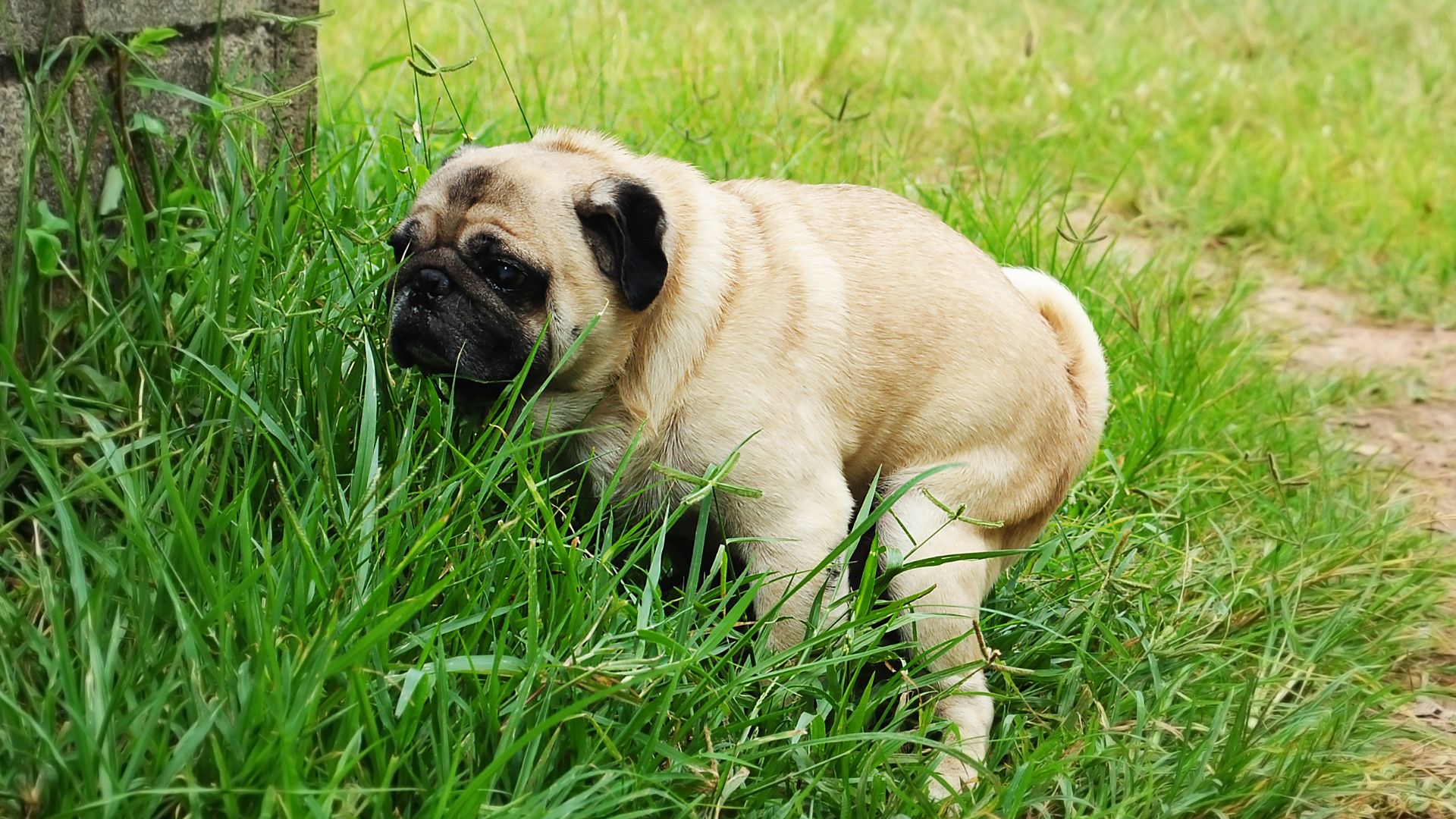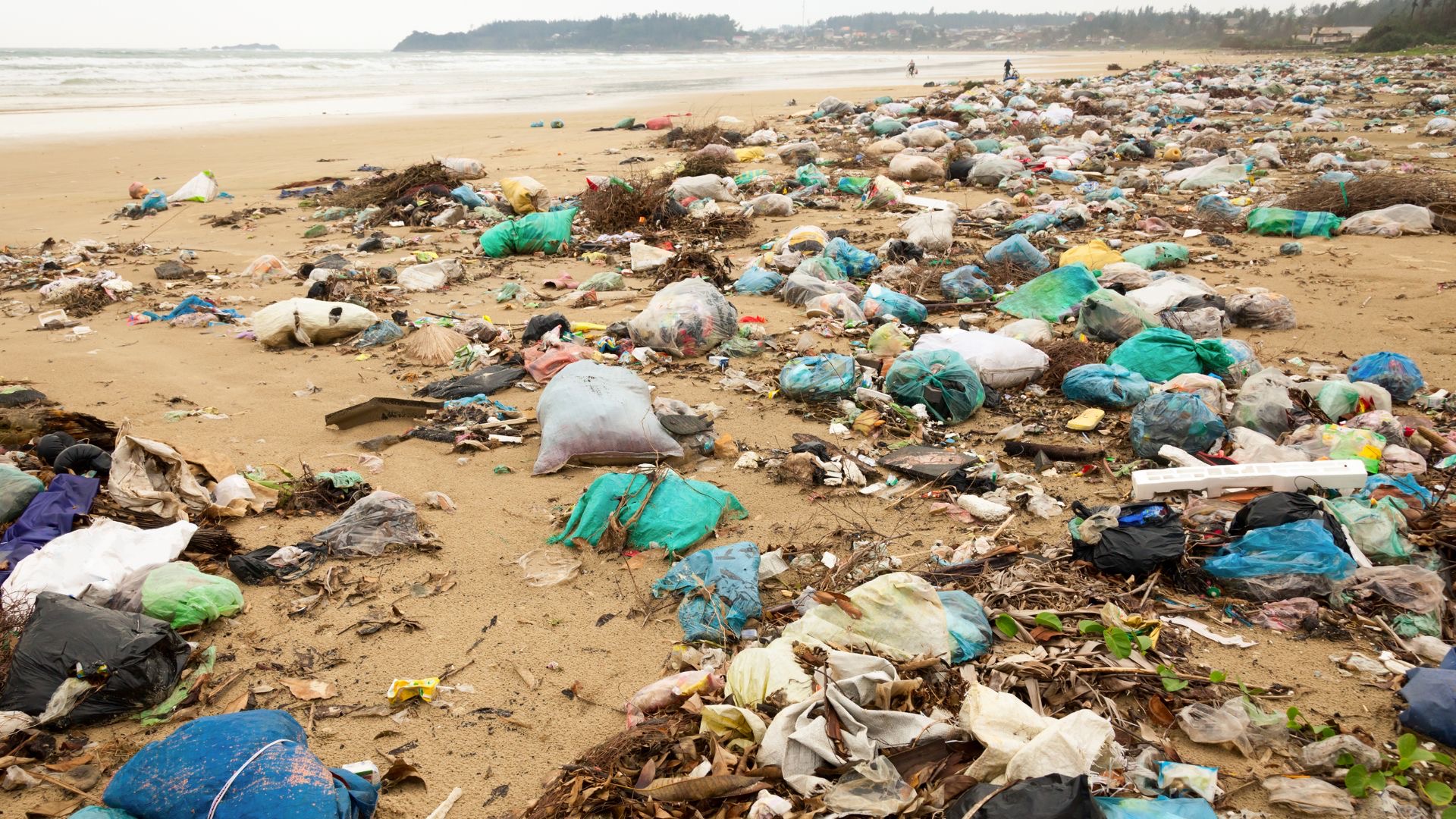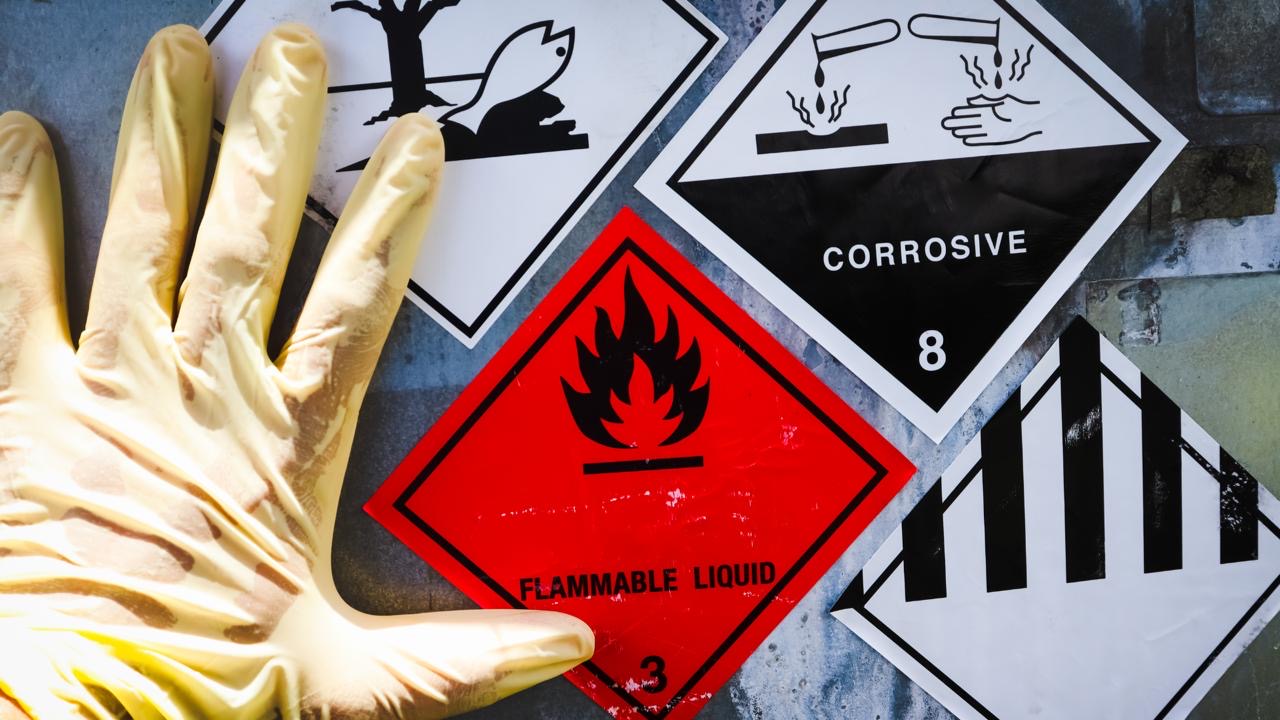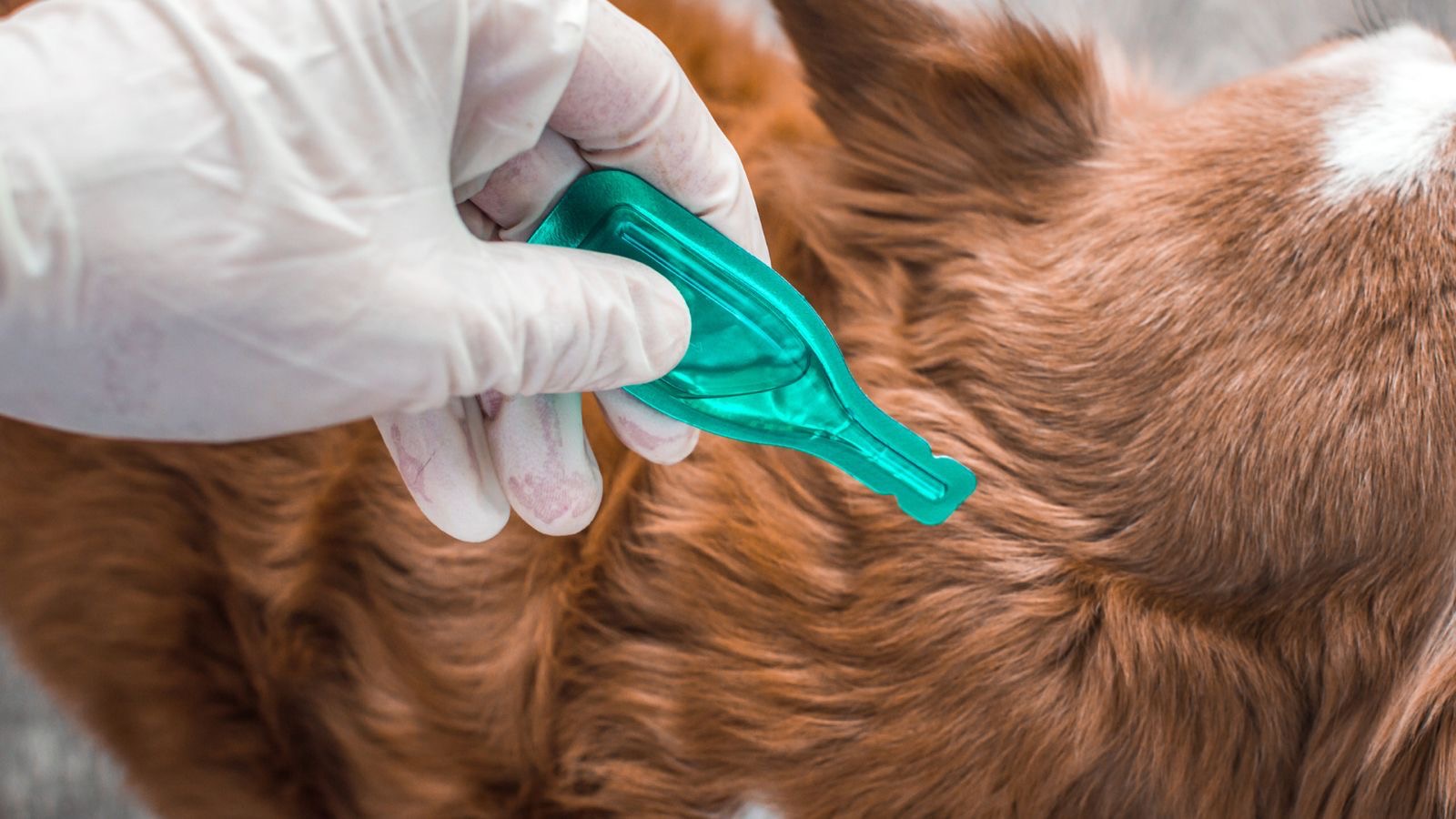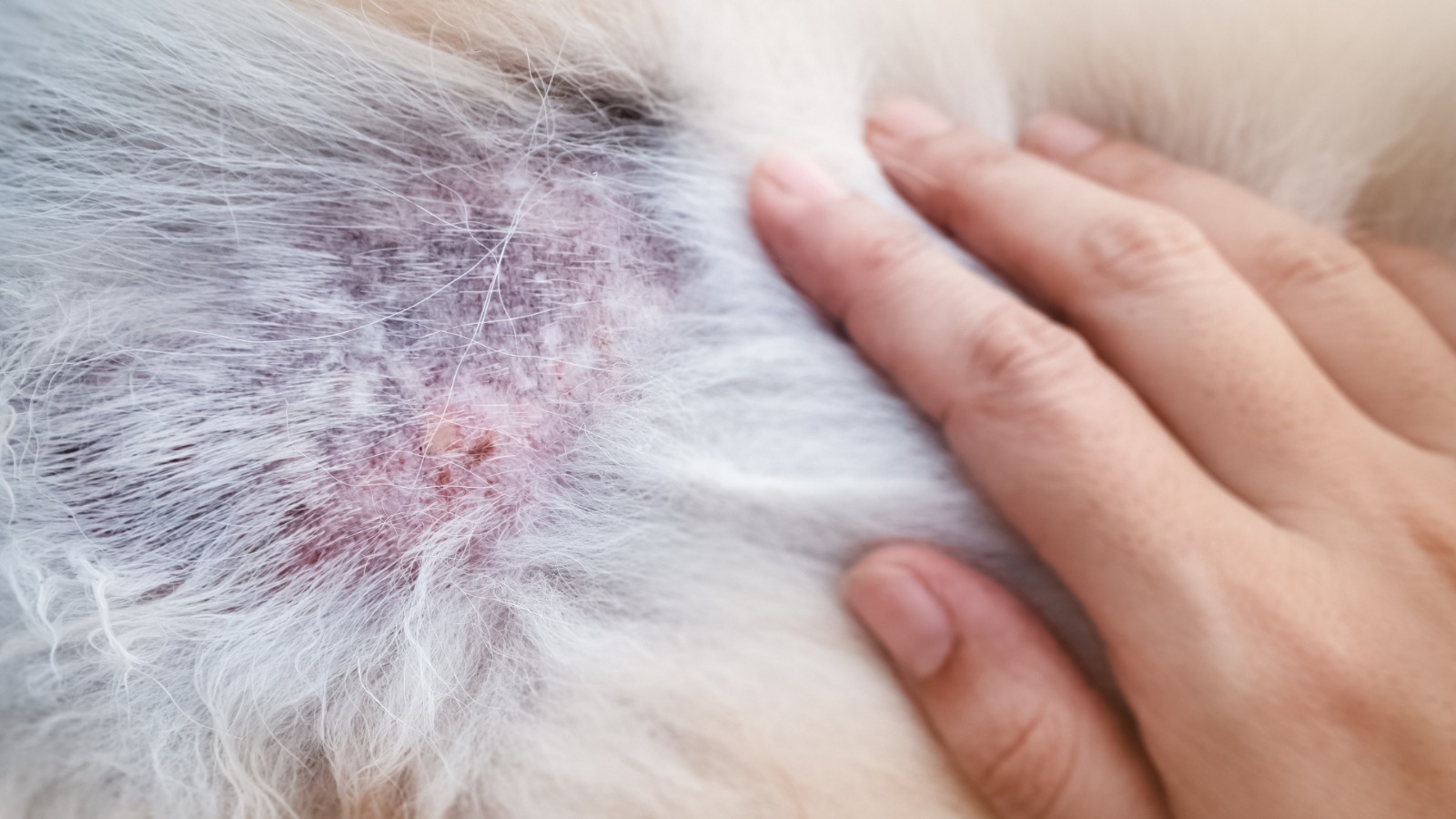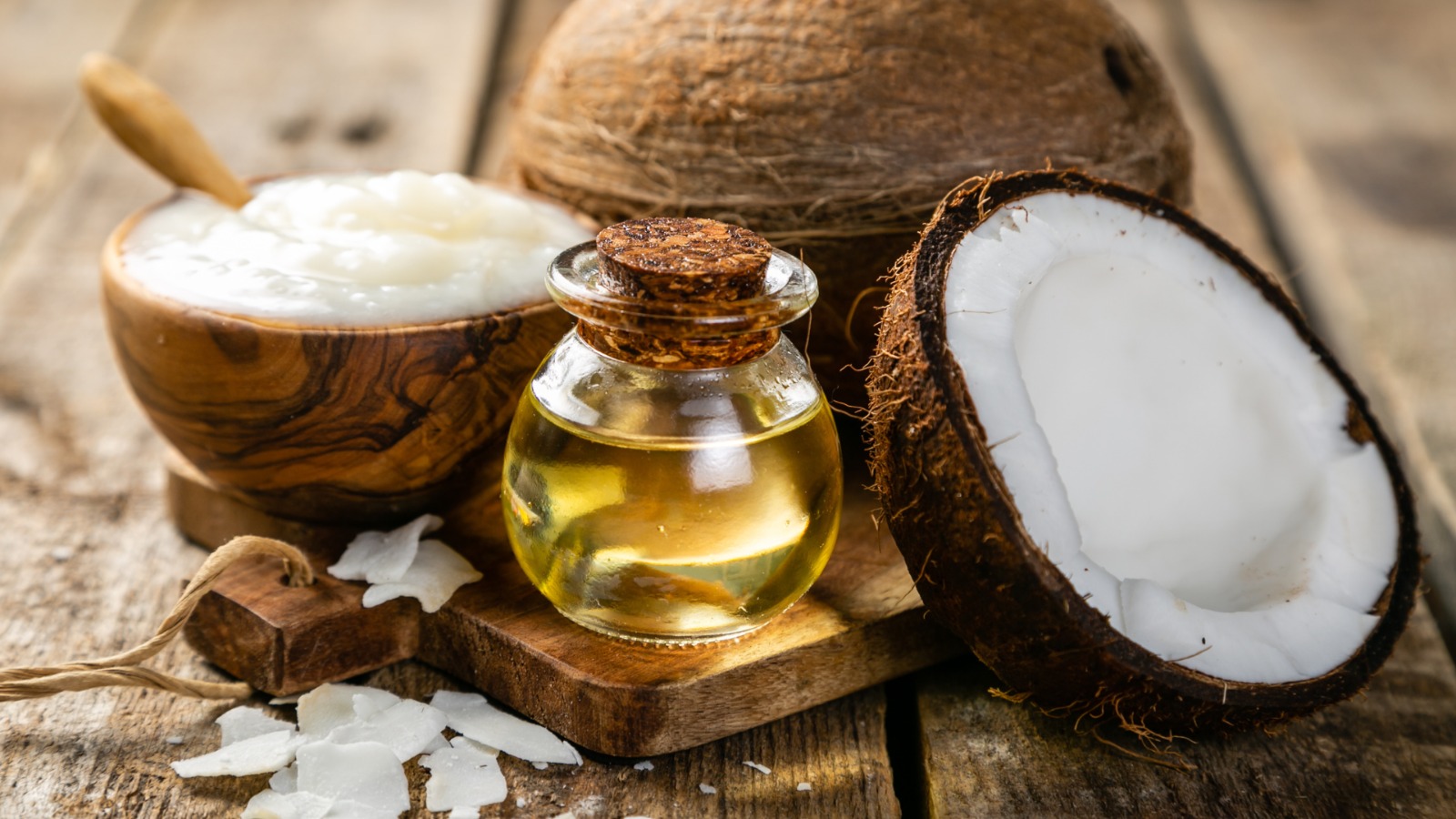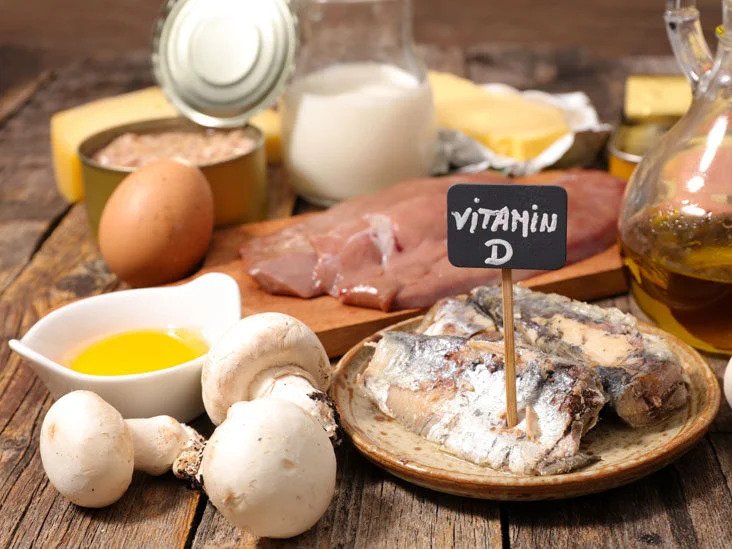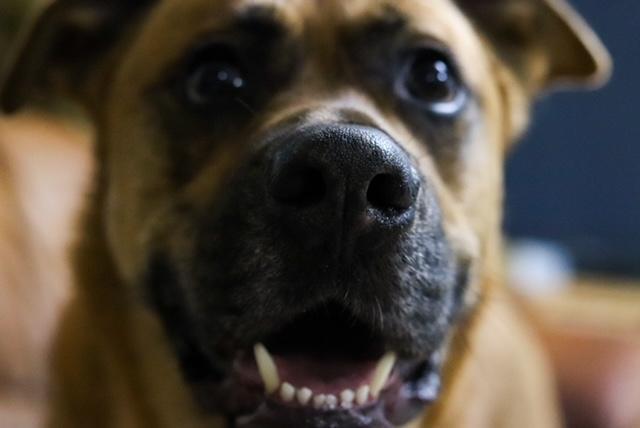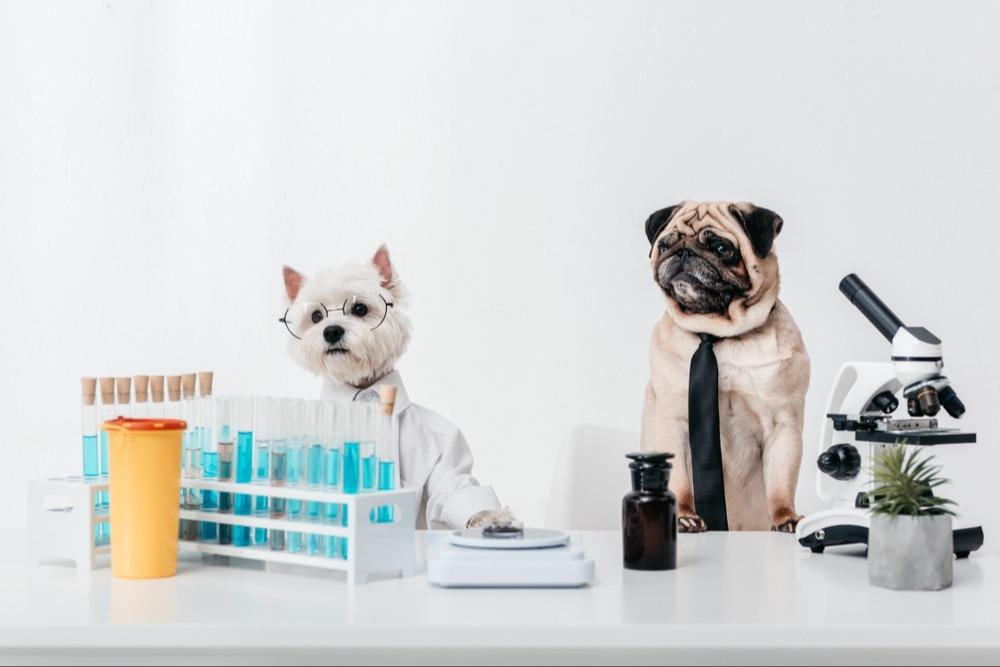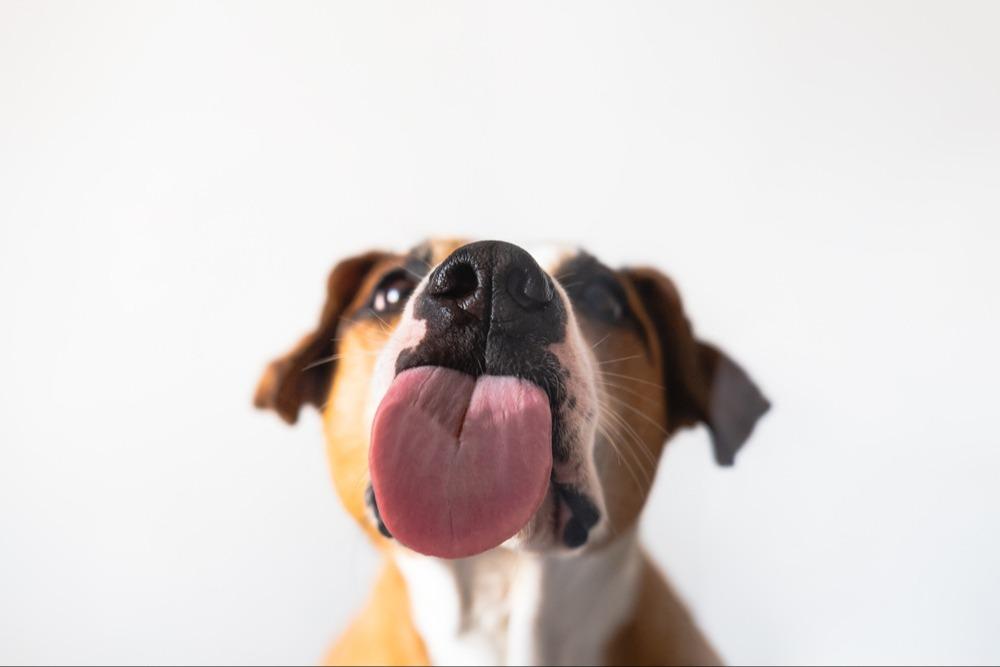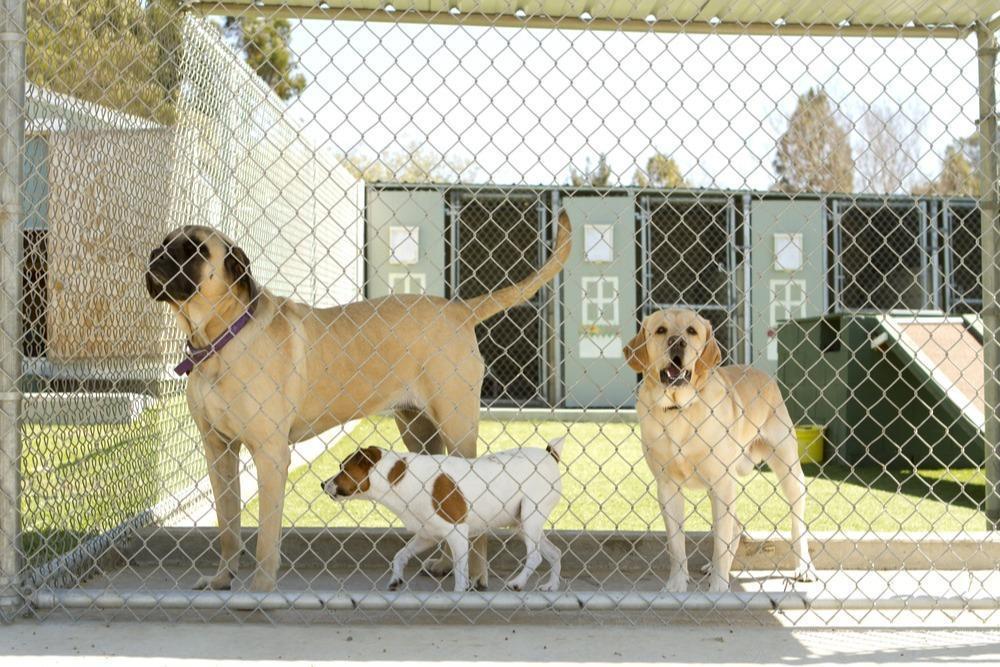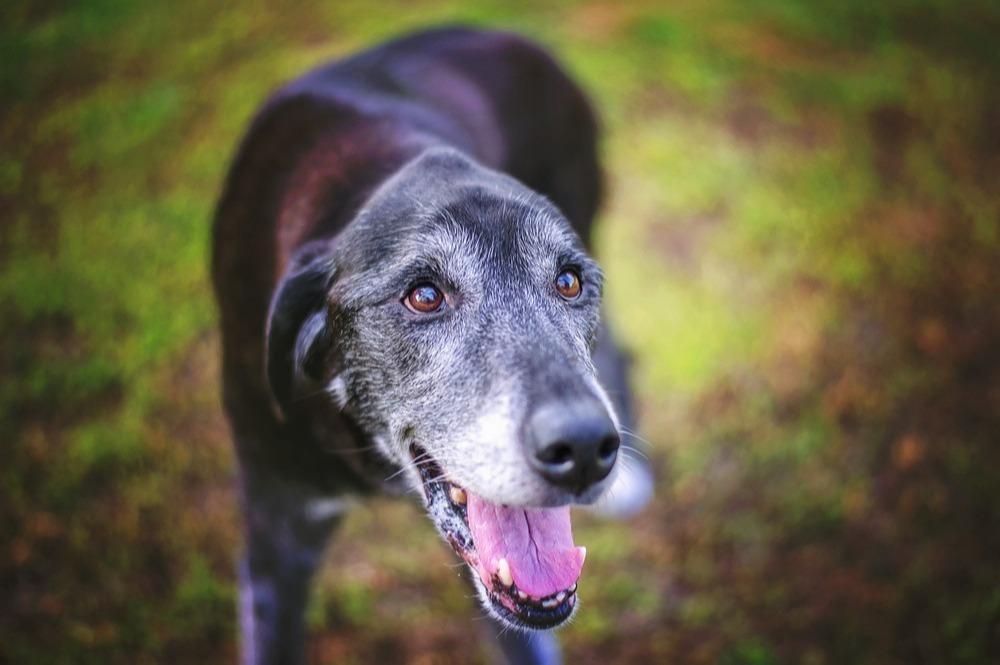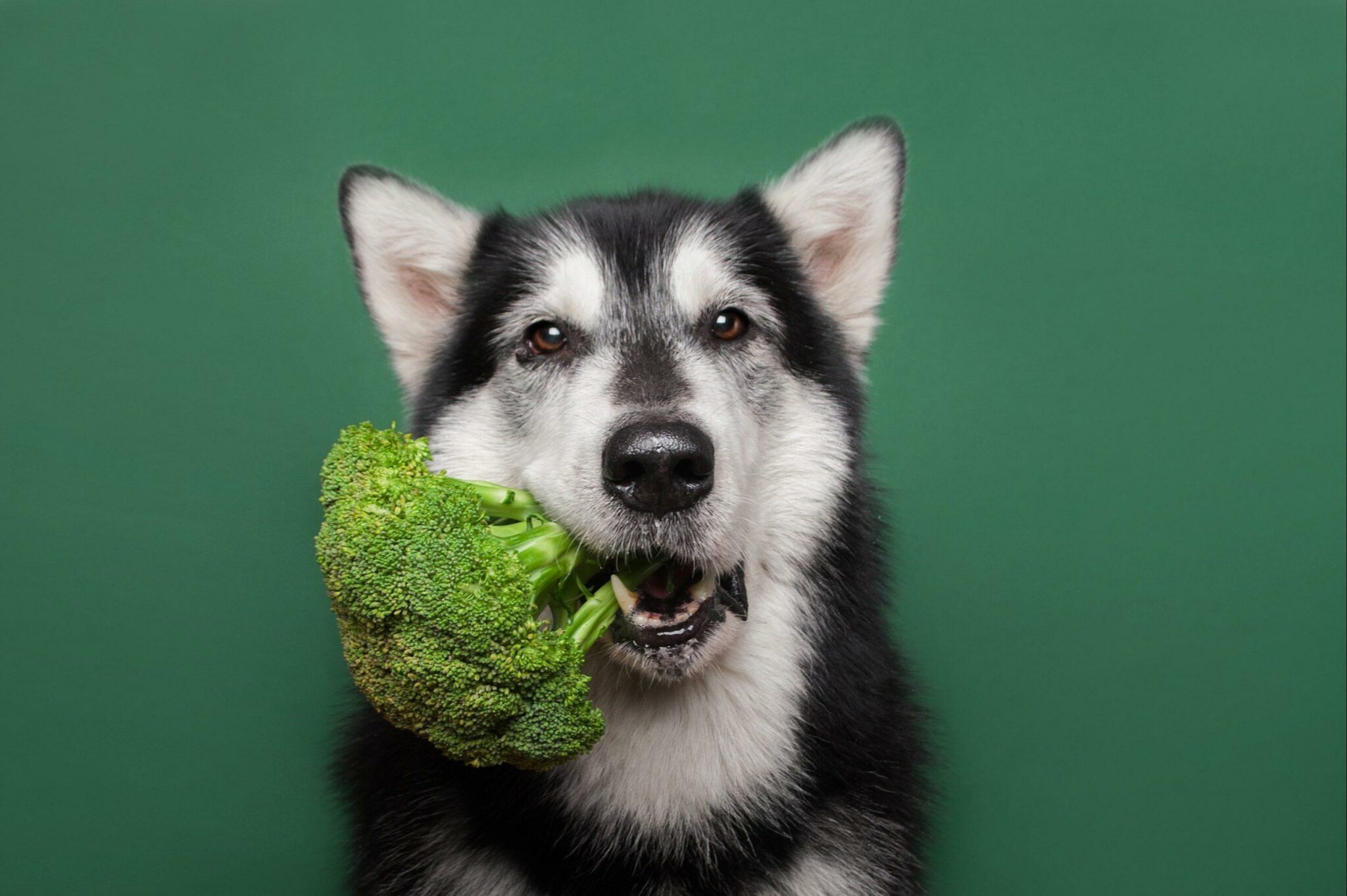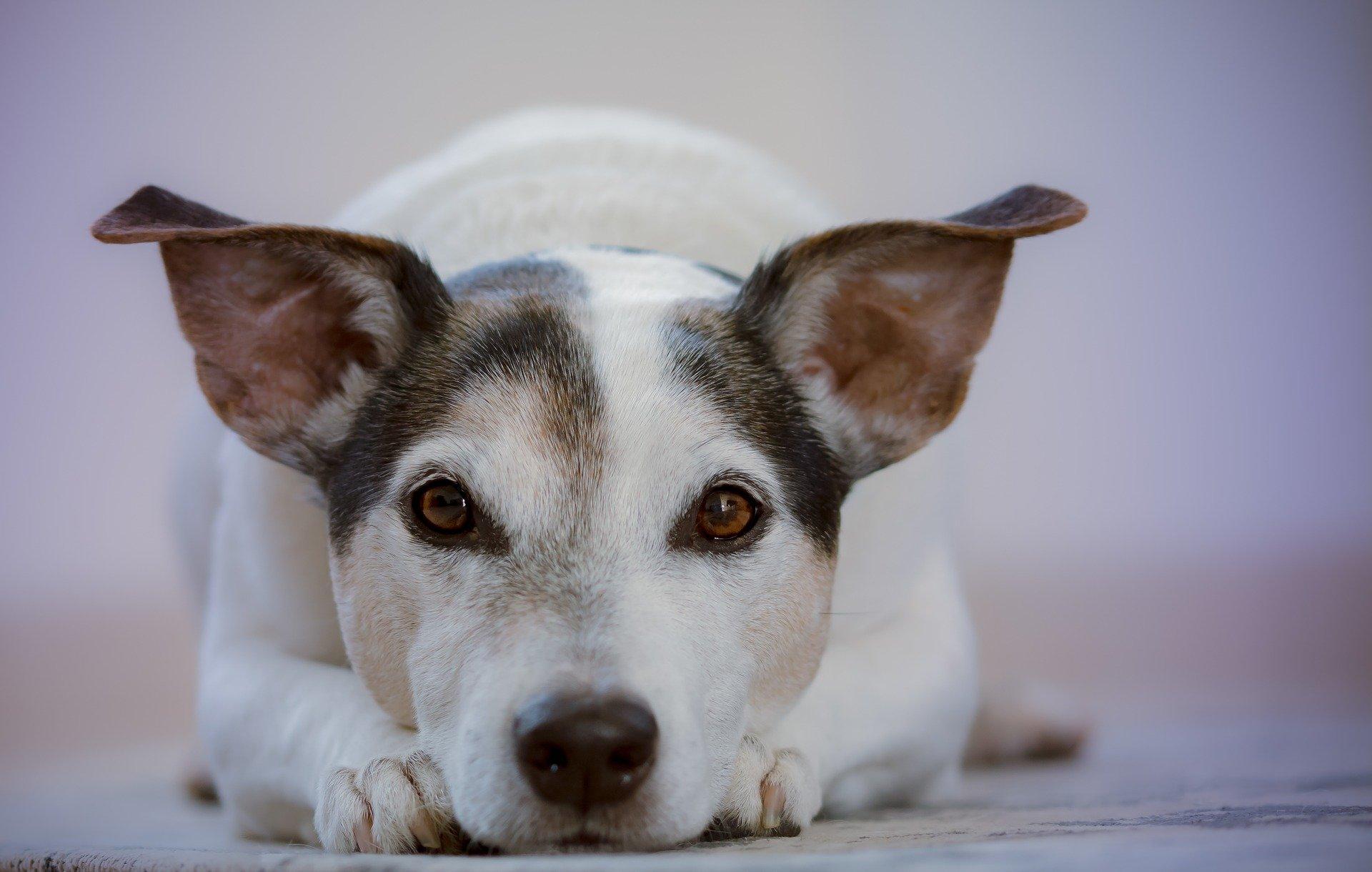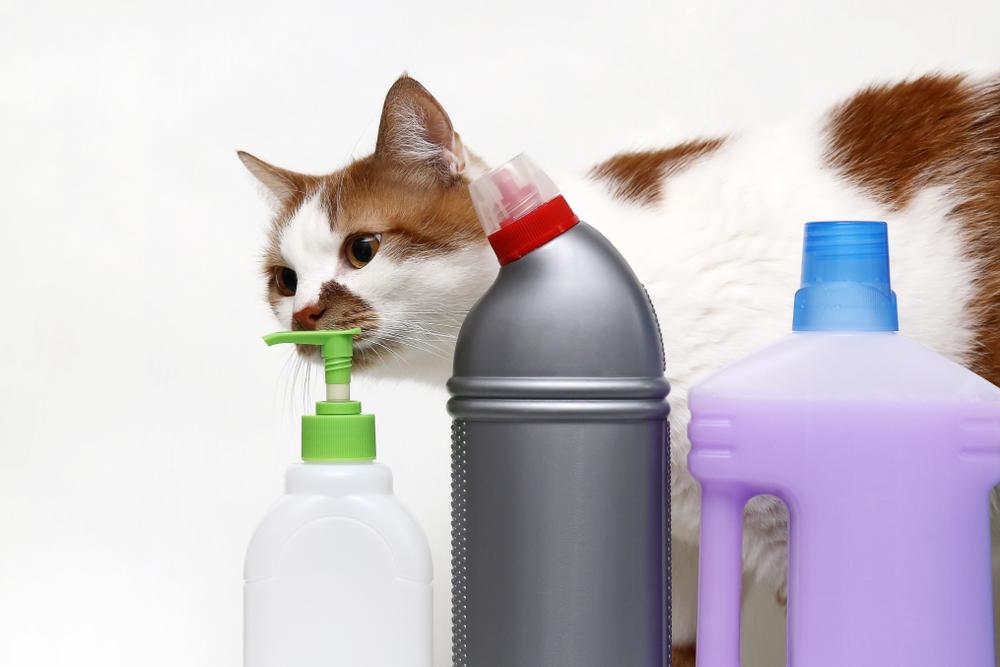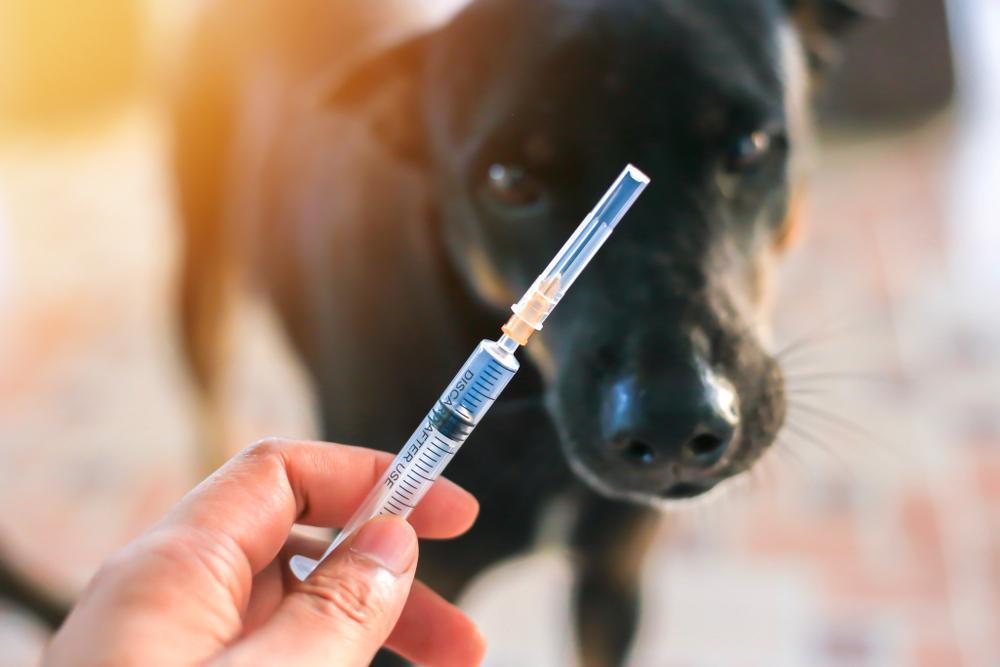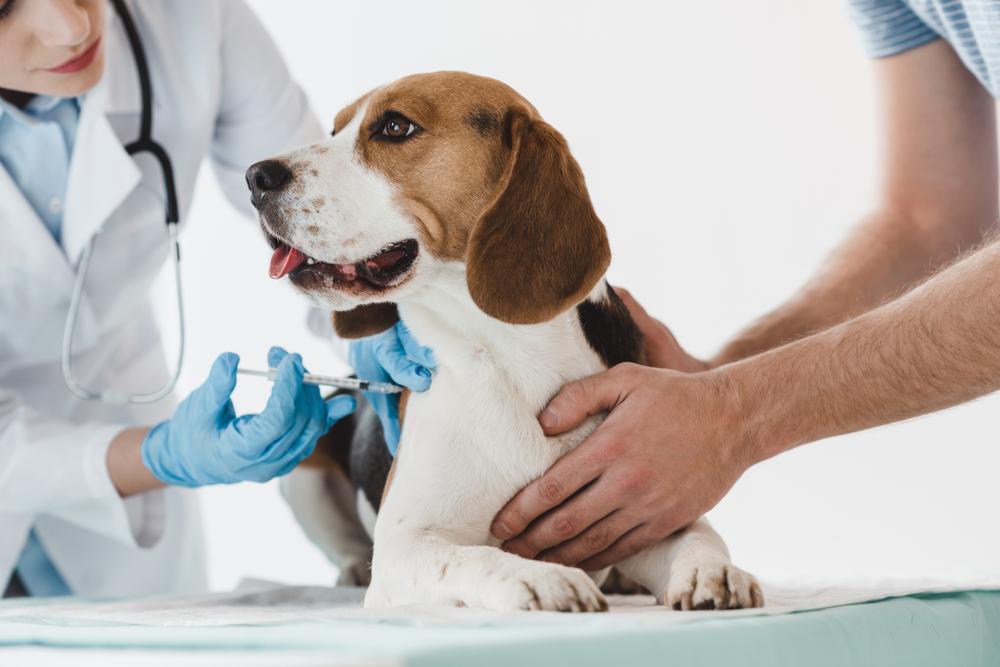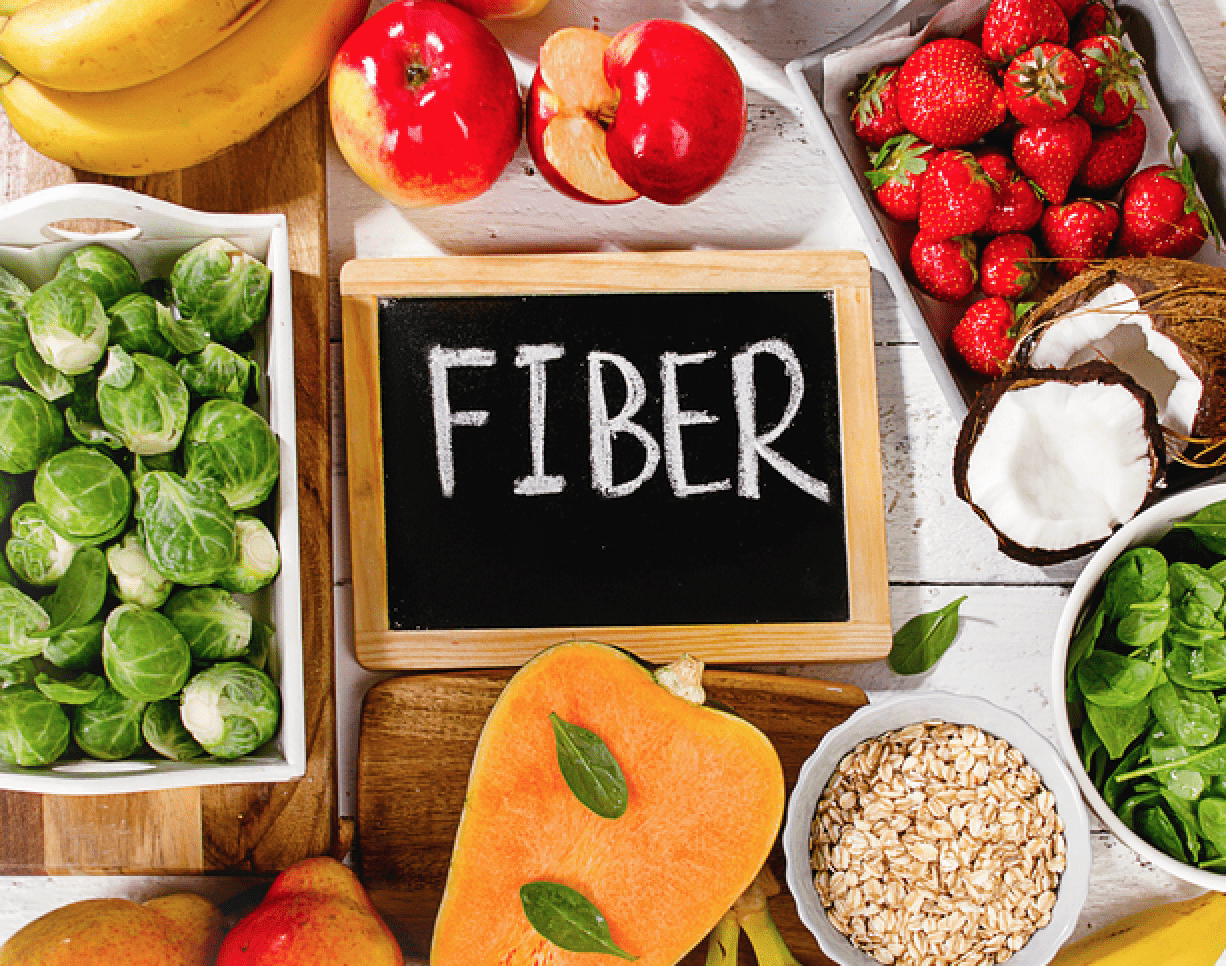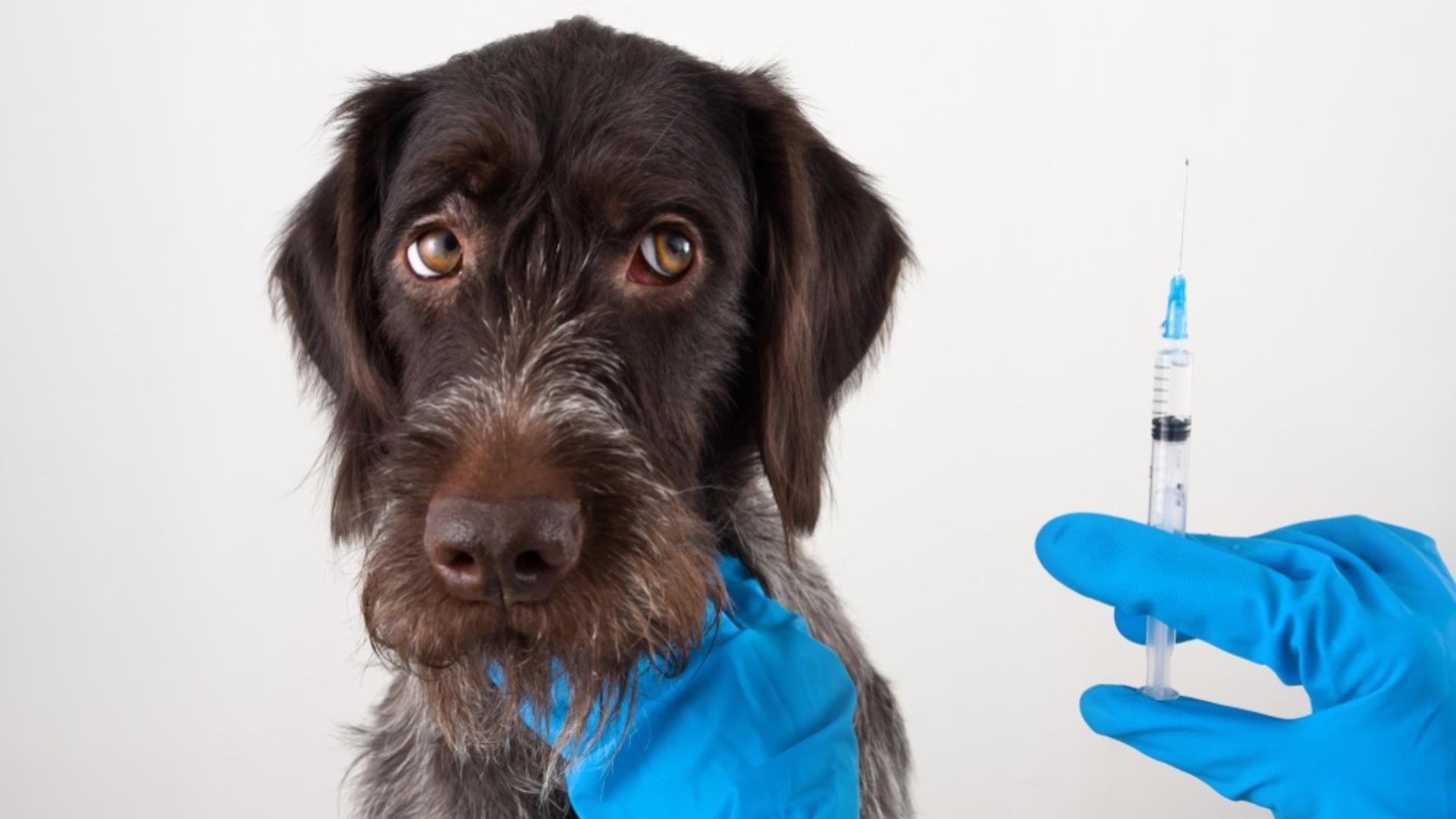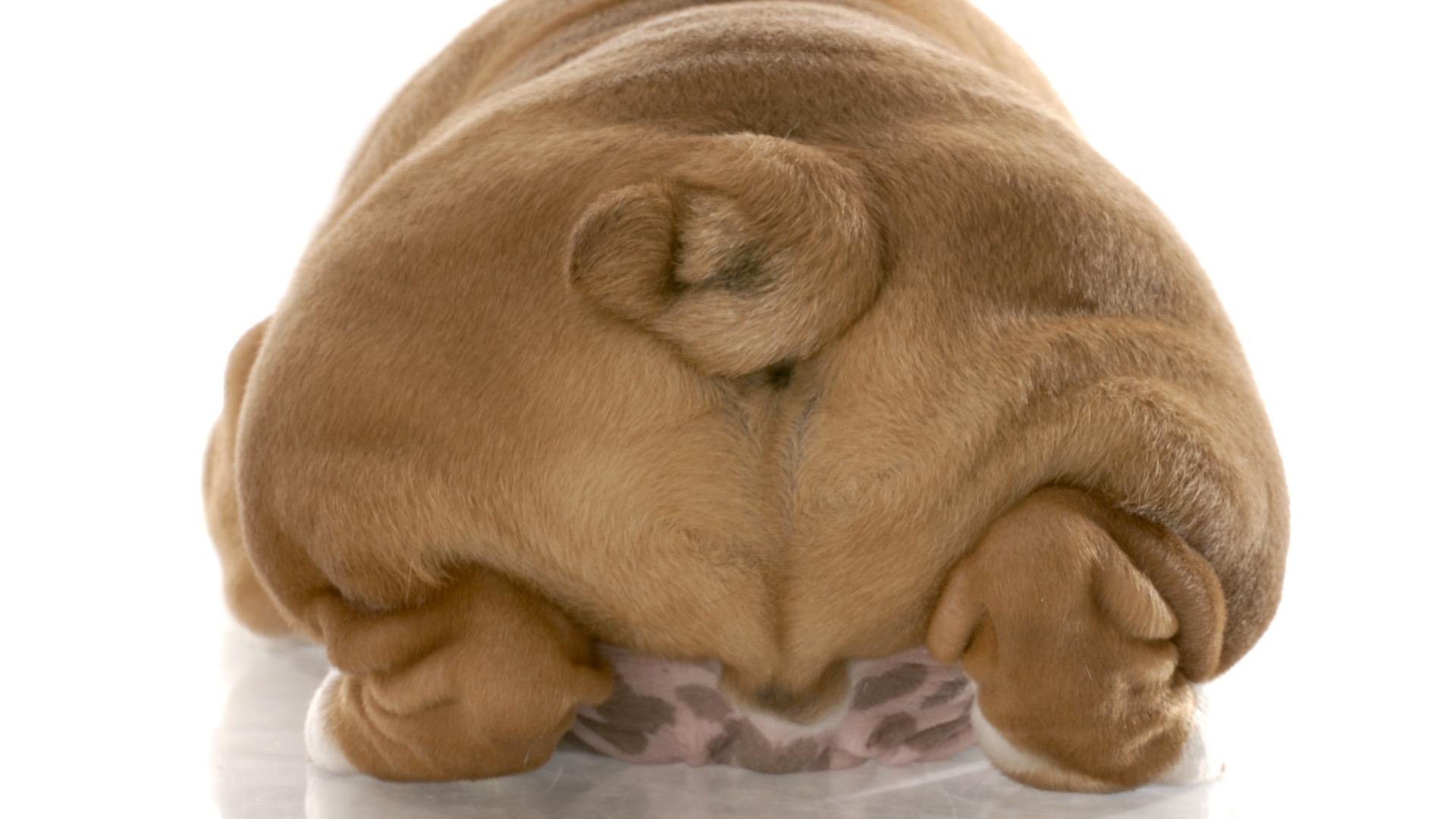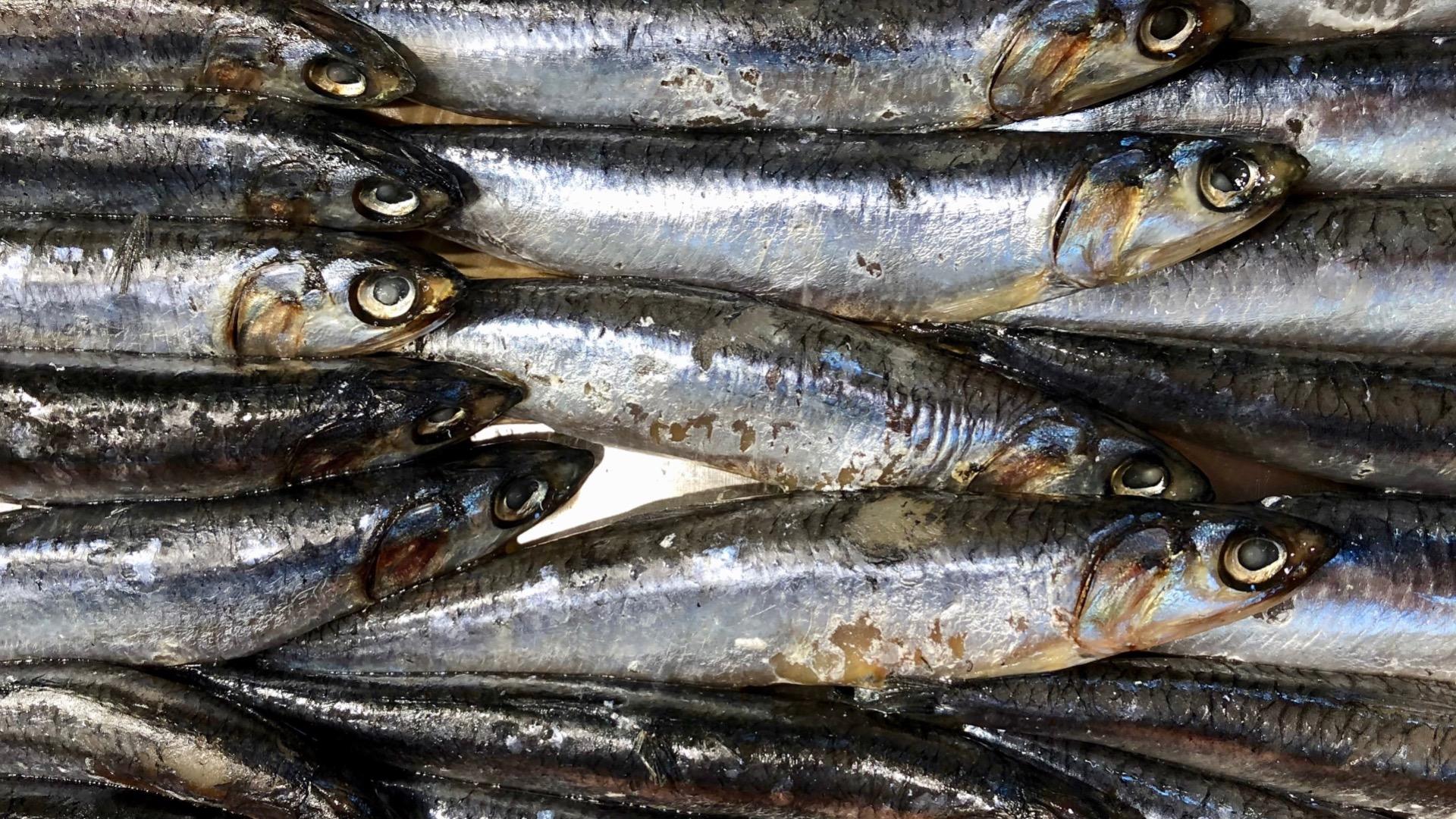If you spotted our
My Pet Nutritionist blog last week, then you’ll notice that we didn’t really discuss the lymphatic system with the immune system, despite them being intricately linked.
It’s because this system deserves a blog all of its own.
So, let’s take a look at what it is and what it does!
The lymphatic system is a network of tissues and organs which help the body eliminate toxins, waste, and other unwanted compounds. It is like the sewer system for the body. But it also plays a role in immune function.
Like the blood system, the lymphatic system is made up of many vessels that branch all around the body. It is a subset of both the circulatory and immune system. Without it, neither of them would function.
The lymphatic system includes:
- Lymph – a fluid that moves all around the lymph system. It contains a type of white blood cell known as lymphocytes.
- Lymphocytes – these are white blood cells that fight infection and disease.
- Lymph vessels – these are tiny tubes that carry lymph fluid around the body.
- Lymph nodes – these are small, bean-shaped organs. They act as filters for the lymph fluid as it travels all over the body. Lymph nodes are found in the underarms, groin, neck, chest, and belly (abdomen). During infection, lymph nodes swell because of the multiplication of lymphocytes multiplying inside.
Function of the Lymphatic System
A major function of the lymphatic system is to drain body fluids and return them to the bloodstream. Blood pressure causes leakage of fluid from the capillaries, resulting in the accumulation of fluid in the interstitial space—that is, spaces between individual cells in the tissues. This is where the lymphatic system comes into play. It drains the excess fluid and empties it back into the bloodstream via a series of vessels, trunks, and ducts.
But as we mentioned, it also plays a role in the immune function of the host.
The lymphatic system is a sort of immune surveillance system. It protects us against pathogens. Our dogs are constantly being invaded by bacteria and viruses; they take them up through food, they breathe them in, and they get in through wounds in our skin.These pathogens must be removed by the immune system. Because the lymphatic system is constantly filtering the contents of the body it collects these micro-organisms which have been engulfed by immune cells and carries them to the lymph nodes. Within the lymph nodes there are T cells and B cells which recognise these pathogens and which multiple in response. So, the lymphatic system acts as a collecting system and therefore an integral part of the immune system.
Another role of the lymphatic system is the absorption of fats and fat-soluble vitamins from the digestive system and the subsequent transport of these substances into circulation. The mucosa that lines the small intestine is covered with finger like projections called villi. There are blood capillaries and special lymph capillaries, called lacteals, in the centre of each villus. The blood capillaries absorb most nutrients, but the fats and fat-soluble vitamins are absorbed by the lacteals. The lymph in the lacteals has a milky appearance due to its high fat content and is called chyle.
Organs and Tissues of Interest
The primary lymphoid organs are the bone marrow, spleen, and thymus gland.
Tonsils are known as lymphoid nodules. The lymphoid organs are where lymphocytes mature, proliferate, and are selected, which enables them to attack pathogens without harming the cells of the body. As we explored in the guide to the immune system, lymphocytes are the primary cells of adaptive immune responses. The two basic types are B and T cells – B cells maturing in the bone marrow, and T cells maturing in the thymus.
Bone marrow is the spongy tissue in the middle of the bigger bones in the body. The bone marrow makes blood cells from stem cells. These are undeveloped cells that can divide and grow into different types of blood cells needed by the body including red blood cells, platelets, and white blood cells. This is where lymphocytes are made.
The thymus is in the thoracic cavity, just under the neck. It’s made up of two lobes of lymphoid tissue. Each lobe has a medulla surrounded by a cortex. The cortex is where immature lymphocytes first go to become T cells, but their maturation finishes in the medulla.
The spleen is in the upper-left part of the abdomen. It is tucked up under the ribs. The spleen’s main function is to filter the blood. It removes old or damaged red blood cells, which are phagocytised by macrophages. The spleen also detects viruses and bacteria and triggers the release of lymphocytes.
But as the main entry for microbes into the body is through mucosal surfaces, most of the lymphoid tissue is located within the lining of the respiratory, digestive, and genitourinary tracts. These are known as MALT and GALT. MALT is mucosa associated lymphoid tissues, and GALT is gut-associated lymphoid tissue.
Tonsils are an example of MALT. The tonsils are masses of lymphoid tissue found in the back of the throat and nasal cavity. Tonsillitis is when they become swollen and typically a sign of infection.
Peyer Patches within the small intestine are also MALT. They are like the tonsils for the digestive system. The function of Peyer’s Patches is to analyse and respond to pathogenic microbes in the ileum. They trap foreign particles survey them and then destroy.
What can go wrong with the lymphatic system?
Enlarged (swollen) lymph nodes (lymphadenopathy): Enlarged lymph nodes are caused by infection, inflammation, or cancer.
Swelling or accumulation of fluid (lymphedema): Lymphedema can result from a blockage in the lymphatic system caused by scar tissue from damaged lymph vessels or nodes.
Cancers of the lymphatic system: Lymphoma is cancer of the lymph nodes and occurs when lymphocytes grow and multiply uncontrollably. For dogs, lymphoma can arise in the skin.
Summary
The lymphatic system is an extensive drainage network that helps keep bodily fluid levels in balance and defends the body against infections. It is made up of a complex network of lymphoid organs, lymph nodes, lymph ducts, lymph tissues, lymph capillaries and a network of lymphatic vessels that carry lymph and other substances throughout the body. Not only that but lymph vessels in the lining of the gastrointestinal tract absorb fats from food and therefore play a role in the absorption and transport of fat-soluble vitamins. A malfunction of this part of the lymphatic system can affect nutritional status and has gained interest as playing a role in metabolic disorders.
If you are concerned about your pet’s health, then please check out our consultation services
here.
Thanks for reading!
MPN Team x



